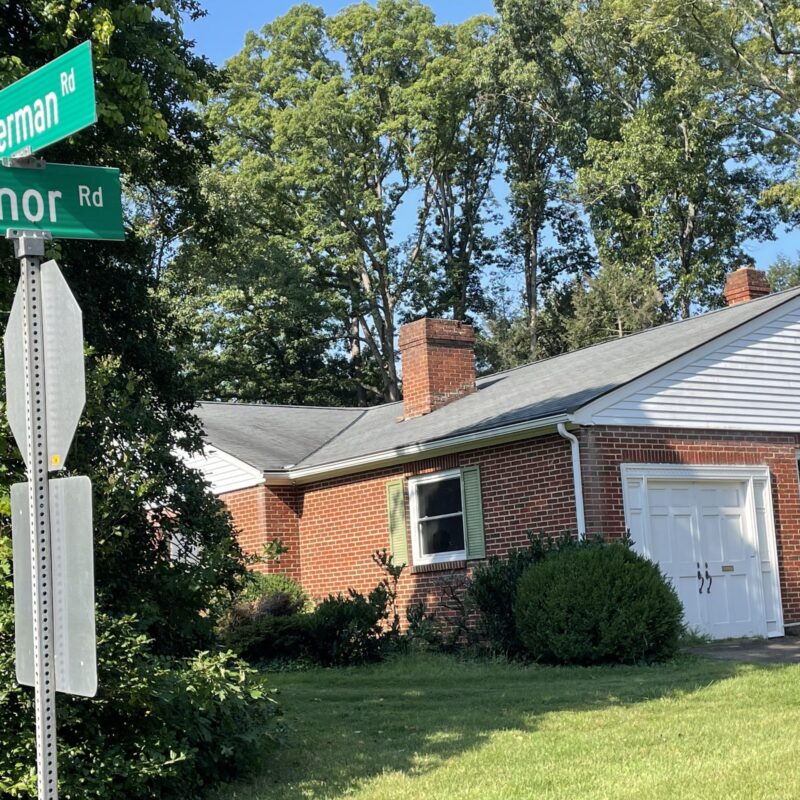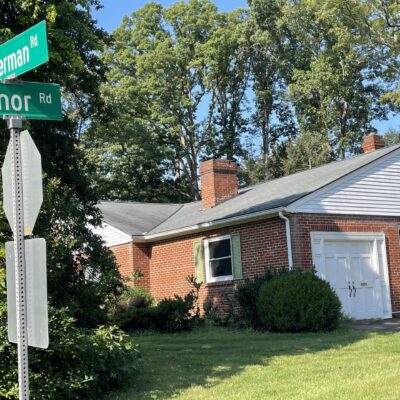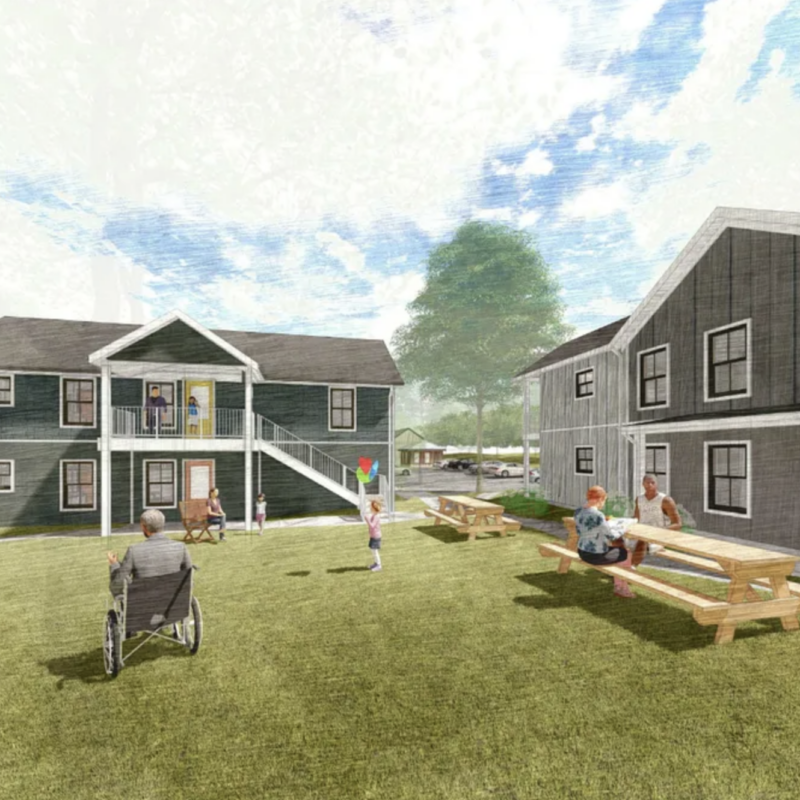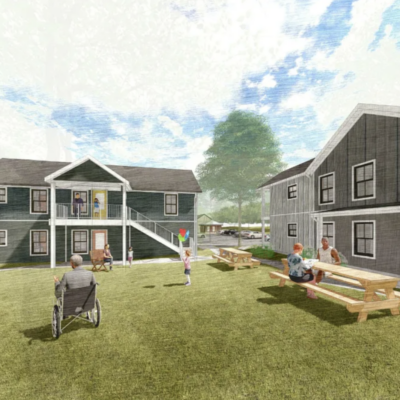By Ken Wilson –
Nature XXVII, Autumn
The morns are meeker than they were,
The nuts are getting brown;
The berry’s cheek is plumper,
The rose is out of town.
The maple wears a gayer scarf,
The field a scarlet gown.
Lest I should be old-fashioned,
I’ll put a trinket on.
– Emily Dickinson
You can dress up if you want to, but you might as well just get in the car and go, because what everyone will be looking at is the trees. If the combination of brilliant red, burnt orange, deep gold and bright yellow on a sky blue background is your favorite color scheme, this is the season and Central Virginia’s parks, parkways, and country roads await your gaze.
After a summer with abundant rainfall followed by a fairly dry September, autumn’s longer and cooler nights are beginning to produce vibrant fall colors in the Commonwealth’s deciduous trees.
“The colors are always there,” says Melanie Perl, a hiking guide and a volunteer in Shenandoah National Park who’s been exploring the Blue Ridge Mountains for 40 years. “But in fall, the leaf stops photosynthesizing, then it stops producing the chlorophyll, and so it no longer produces what is green, and so the true colors come through. Even the poison ivy turns a pretty red, and has a red berry.”
“The conveyor belt that takes the whole process along is the shortening length of day,” says Doug Coleman, a botanist by training, and the Executive Director of the Nature Foundation at Wintergreen Resort, which encourages the understanding, appreciation, and conservation of the natural and cultural resources of Virginia’s Blue Ridge Mountains.
As the days gradually shorten, “the photosynthesis period is shorter, and that’s what starts the slowdown of the chlorophyll process.” Moisture and temperature determine the duration and intensity of color. “If you have an extremely dry period of weather, that will hasten the leaf fall, and if you have a warm, moist fall, the color will linger.”
Too much rain, too many cloudy days, or too much or too little warmth will mute the color palette. The right amount of rainfall, on the other hand, while delaying the process, will produce the most brilliant colors in the long run. This year’s unseasonably warm temperatures have delayed fall’s colors, which means there is plenty of time left to enjoy them.
So what can we expect to see? A shifting kaleidoscope of color at every eye level, from the tallest trees to the Virginia Creeper. Trees at higher elevations and on northern slopes typically show changes first, which is why Virginia’s fall colors may first be observed in the mountains in the southwestern corner of the state, then along the eastern shore by the Chesapeake Bay and the Atlantic coast lines.
While the leaves of the tulip poplar, our most common local tree, only turn a muted yellow, Virginia’s other species brighten our landscapes with colors that are more rich and vibrant. As these leaves drop and begin to decompose, they fertilize the soil, mulching the roots of their trees. Meanwhile, the Virginia creeper is turning multiple shades of scarlet.
Shenandoah National Park and the Blue Ridge Parkway
Driving the Blue Ridge Parkway is an easy way to enjoy fall colors. Winding along for 469 miles with a speed limit of 45 mph, the Blue Ridge Parkway is the road to take for long, leisurely scenic drives. Running parallel to Interstate 81 and Route 11, the Parkway begins on Skyline Drive near Waynesboro and terminates in Cherokee, North Carolina in Great Smoky Mountains National Park.
Along the way you will enjoy views from both eastward and westward slopes, climbing and falling from just under 650 feet by Virginia’s James River to over 6,000 feet near Mt. Pisgah in North Carolina. Drive the Parkway midweek if possible, to beat the traffic.
On a map, Shenandoah National Park is long and skinny, running for 105 miles, north to south. Along its way there are no less than 75 overlooks. Expect colors to show first in the northern portions and at the highest elevations.
County Tours
For folks who like to watch autumn from the comfortable seat of a car, the Virginia Department of Forestry recommends driving tours in Greene, Bath and Highland counties. In Greene County begin at the intersection of Route 33 and Route 230 at Stanardsville, follow Route 230 north. At Route 29, turn left. Follow Route 29/231 and signs to Madison, exiting Route 29 along Route 231 at Madison. Follow Main Street in Madison. At the Blue Ridge Turnpike (Route 231), turn left. Take Route 231 to Sperryville, Route 522.
In Bath County take Exit 191 on Interstate 81 near Lexington, and follow Interstate 64 to Route 39, where the tour begins. Follow Route 39 through Millboro Springs. At Rt. 629, stay on Rt. 39 to Warm Springs, or turn left onto Rt. 629 and head to Clifton Forge. At Clifton Forge, follow Rt. 220 South to Roanoke.
In Highland County begin in Staunton, taking Exit 222 on Interstate 81 and following Route 250 to Monterey. The tour begins at the Highland County line. At Monterey, travel west on Route 250 to Hightown and continue west on Route 250 to the West Virginia State Line.
Hiking: Humpback Rock, Old Rag Mountain and Wintergreen
Some like to drive, some prefer to hike. For breathtaking climbs followed by breathtaking views, nothing in the area beats hiking Humpback Rock, a gigantic greenstone outcrop near the peak of Humpback Mountain, six miles south of Interstate 64 on the northern Blue Ridge parkway.
Wagon trains navigating through the Blue Ridge in the 1840s looked for it as a landmark. Rising 740 vertical feet in less than a mile, Humpback takes relatively few steps to scale compared to most area attractions, but also requires many deep breaths per step. Once on top, 360 degree views, which include the entire spine of the Blue Ridge, reward the winded and the determined.
Nearby, the mile-long Mountain Farm Trail, which is accessible through the parking lot at the Visitor Center, winds through a recreated 1890s farm with a single-room log cabin and outbuildings typical of the late nineteenth century.
The park’s most well-known trail—in fact one of the most popular and spectacular in the Mid-Atlantic Region—is Old Rag Loop along Old Rag Mountain. Start this trail when the sun comes up, the better to beat the crowds. But do wait till daylight, because Old Rag is a demanding hike requiring serious caution and adequate preparation, including sturdy shoes, energy-rich food and plenty of water. Allow seven or eight hours to complete it. Keep the kids close and within sight.
Wintergreen’s 11,000 acres are primarily mixed hardwood forest: oak, hickory, maple, and ash trees, with evergreens here and there, laced with 30 miles of hiking trails, some steep and rugged, some gentle and easy, as well as two mountain peaks.
Black Rock, where Wintergreen’s many homes are located, is encircled by a wilderness trail with spokes leading in and out, enabling hikers to take one spoke out and another back in. Wintergreen’s highest point, Devil’s Knob, almost 4,000 feet high, offers breathtaking views 20 miles down the Blue Ridge.
What a View! Monticello and Carter Mountain Orchards
“I never before knew the full value of trees,” Thomas Jefferson wrote to his daughter Martha Jefferson Randolph in 1793. “What would I not give that the trees planted nearest round the house at Monticello were full grown.”
Jefferson’s tree plantings are mostly gone today, but we still have his view: “Of prospect I have a rich profusion,” Jefferson wrote. “It may be successively offered, & in different portions through vistas, with the advantage of shifting scenes as you advance on your way.”
Nowadays, winding up to Monticello from Route 53 is the gently ascending, two-mile long Saunders-Monticello Trail. Instead of the grand, sweeping views many leafers seek, it mostly offers a walk in the woods—but such rich and lovely woods they are.
The first change regular hikers will observe here is the black walnuts and redbuds turning yellow—though not for long. In a good year, the sycamores and tulip poplars will do the same, while the black tupelos turn a deep and lovely red.
Next to change, pale yellow or just brown, should be the trail’s many oaks—mainly scarlet and red oaks, but also chestnut oaks, a species of white oak. More unpredictable in their timing are the maples, which will show yellow, and sometimes red or orange. Sweet gums, persimmons, ironwoods, sassafras, cherries, mulberries and more may be seen as well. The leaves of sassafras trees turn orange, while those of sourwoods and the sumac shrubs will add red to the spectrum.
Just down the road from Monticello, Carter Mountain Orchards offers even more spectacular sights, with pretty near 360-degree views of Charlottesville, the Blue Ridge Mountains and towards Richmond.
Apple tree leaves on the mountain itself should be turning orange by late this month. Apples, apple cider and hard cider, apple cider donuts, pumpkins, wines, hay rides and much more also await autumn visitors on Carter Mountain.
The loveliest time of all to hike the trail is usually late October and early November, when most of the trees have already shed their leaves, leaving the rich golden hues of pignut hickory leaves highlighted against deep blue skies. Underneath those vibrant hickories the paw paws turn as well: first yellow, then increasingly translucent. Along the ground at about the same time, the trail’s scattered witch hazel plants come into bloom.
Virginia Department of Forestry Reports
Above average temperatures and the abundant rain of late summer and fall are delaying fall’s colors this year, keeping Virginia’s forests mostly green as of early October. However, the Virginia Department of Forestry reports that black gum, poison ivy, dogwood, Virginia creeper, and sumacs may be showing shades of red along forest edges.
Even where the trees are still green, however, autumn’s wildflowers are blooming along Virginia’s roadsides—watch for yellow goldenrod, wingstem, and tickseed, white thoroughworts, and purple ironweed, asters, and mistflower. The trees are soon to follow. Don’t miss autumn’s party in Central Virginia!
October gave a party;
The leaves by hundreds came-
The Chestnuts, Oaks, and Maples,
And leaves of every name.
The Sunshine spread a carpet,
And everything was grand,
Miss Weather led the dancing,
Professor Wind the band.
– George Cooper





